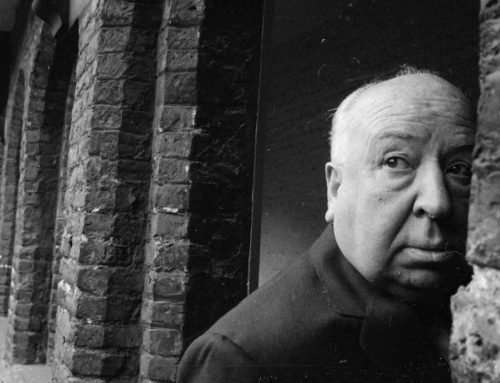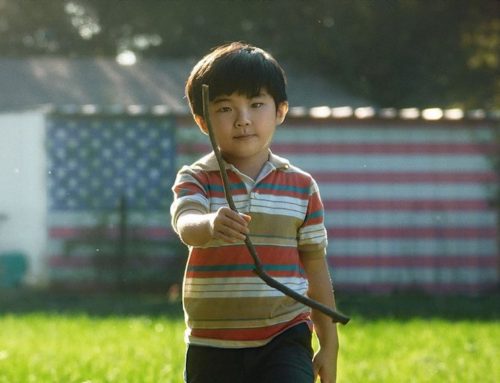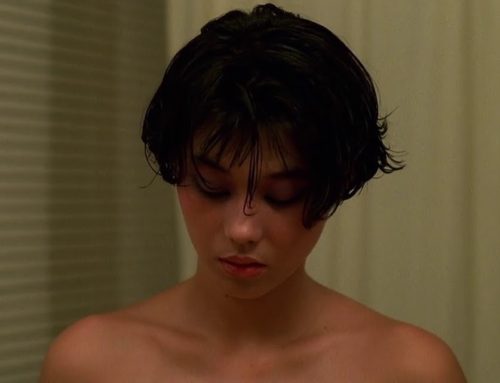Earlier this week my seventeen year old sister excitedly rang me and explained that whilst waiting outside the shop where she works at the end of her shift, an elderly gentleman had slowly driven past a few times as she stood alone in the street before nervously approaching her. In bumbling sentences he explained, “I simply have to paint you.” Two evenings later and her face has been gloriously captured in oil pants and pencil sketches as she sits there silently raking in fifteen quid an hour. If the man had propositioned her in any other way, he would likely have received a serious warning for his bizarre behaviour. It certainly initially raised alarm bells to my young sister at the time but now she is nothing but intensely flattered at becoming his new favourite subject.
So why is it that we attach such a special meaning to the idea of the ‘muse’, a concept that makes behaviour that would in any other case be unacceptable ok under the guise of artistic impetus? The idea of the muse, some kind of beautiful icon who resembles such a potent stimuli for artistic inspiration and creation recurs throughout film and art. I am writing this the day after the death of one of cinema’s most significant female muses’, Anne Wiazemsky who died on the 5th October 2017, aged 70. It is this starlet that I intend to place at the centre of my discussion.
Wiazemsky was a starring face of the French Nouvelle Vague movement, famous for her twelve year marriage with pioneering director Jean Luc Godard. She appears in the films of Godard, Robert Bresson and Pasolini. Godard’s muses, including most notably Wiazemsky and Anna Karina before her, both subscribe to the traditional associations of the muse in the classical sense; a nymph-like beautiful woman who combines inspiration with ‘sexual allure’. Through their relationships with Godard these women have been parachuted to fame as icons of the screen under his direction, but the relationship is also very much one of reciprocity, due to the talented contribution these actresses have made to his films. This, combined with the women’s respective strengths and successes in other areas serve to dispel the sexist connotations that surround the auteur-muse myth of young girl propelled to fame with a successful career by a typically older, controlling man.
As soon as Wiazemsky began her acting career, directors fell under her spell. Robert Bresson was one of the first when Wiazemsky made her acting debut in his film Au Hasard Balthazar at the tender age of 18. Wiazemsky describes Bresson’s obsession and the guilt she felt at her frequent rebuttals of his unwanted attention in her memoir Jeune Fille. Frequent marriage proposals and dodging attempts at physical intimacy seem to be part and parcel of Wiazemsky’s acting career at this time. Godard’s biographer Colin McCabe goes so far as to suggest that assuming the role of ‘film-maker’ is a tactic used by sex obsessed men to make gorgeous women enact their personal fantasies. It also enables them to have a tantalising kind of proximity. This is an overt and sweeping conclusion, but it doesn’t seem completely unjustified given accounts such as those of Wiazemsky’s.
The young actress goes on to meet Godard, seventeen years her senior at the height of his fame in the late 1960s. Wiazemsky premiers for Godard in La Chinoise of 1967, a seminal point in Godard’s career that marked the departure from the joyous, juicier early films with Ana Karina. The tone becomes more serious and socially relevant, as here we have Wiazemsky in character as a young student cell member confronting revolutionary Maoist politics. After this followed Week End. The besotted filmmaker and his young starlet married whilst both films were still in production. A tumultuous relationship followed that eventually ended in 1979 when the couples’ paths split due to differences following the political climate of France at the time.
We must be careful to remember ‘the muse’ not as a figure defined merely by relation but also as standalone forces in themselves. To disavow the muse of her autonomy and agency, and overlook her talents as an actress in the face of charm and beauty is to do her a disservice as a unique woman. Both Wiazemsky and Karena established successful careers of their own outside of their relationship, both working and personal, with Jean Luc Godard. Wiazemsky was a successful novelist and memoirist. Her account of her marriage with Godard is published in Un An Après. 2017 saw the remake of this memoir as a film, created by Michel Hazanavicius who also directed The Artist. The film has received criticism for portraying Wiazemsky, played by actress Stacy Martin, as too much of a mere observer within her own story, becoming almost a passive onlooker in her marriage to Godard. The film refuses to account for the total inner depth of the woman and the intensity of feeling she endured throughout this turbulent marriage. The title of ‘muse’ should never be wholly used as a substitute for the name and individuality of the woman that it represents.
There is always traditionally an element of mystery surrounding the figure of the muse. We see this in Godard’s early films made during his marriage to Anna Karina where she plays elusive heroines, portraying a variety of roles but remaining nevertheless herself. In films such as Le Petit Soldat, Godard interrogates ideas of truth and privacy, presenting a reserved character surrounded with unanswerable questions. This translates as an examination into interiority that serves to create a personality with great depth. This is to Godard’s benefit. The fact that Karina first drew Godard’s attention when photographed naked in a bath for a Palmolive soap advertisement when she was a young and vulnerable teenage runaway in Paris does sound a bit suspicious. Ideas of potential sexual objectification are furthered by Godard’s decision to cast Karina as a stripper in Une Femme Est Une Femme, but this is not his main focus at all, instead depicting the surrounding punters as too preoccupied to take much notice of Karina at work. This could be read as a reflection of their love on screen. Once such a powerful muse, Karina now refers to herself as ‘l’histoire ancienne’ within the Godard saga, ever since his films took a more experimental turn. She fades out of the limelight in tandem with the style of ‘classic’ Godard, to be replaced by a new wave and a new woman.
Marketing on the presence of a beautiful woman in a film is indisputably a tactic employed throughout cinema ever since films began. As Godard himself said, ‘All you need for a movie is a gun and a girl.’ Is the ‘muse’ therefore just a more acceptable way of disguising the fetishisation of woman under the lofty aegis of Art? Woman becomes the incentive to create and the creation in itself when she embodies the character on-screen. The muse thus resembles a key instrument to the creative process. She (and in several instances in modern cinema occasionally he) represents both an essential component to creation of the film and a vehicle to relay that relationship and inspiration to the screen. However by assuming this honourable role, she runs the risk of jeopardising her own identity.





